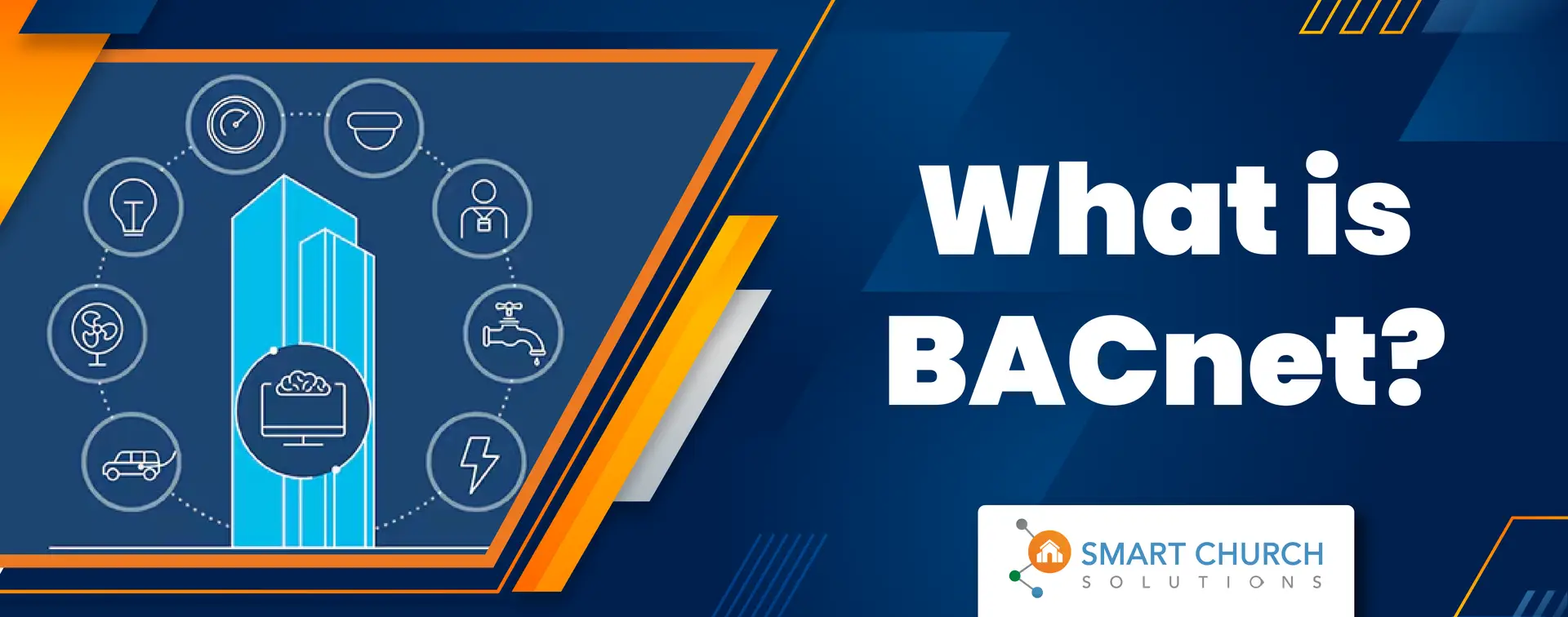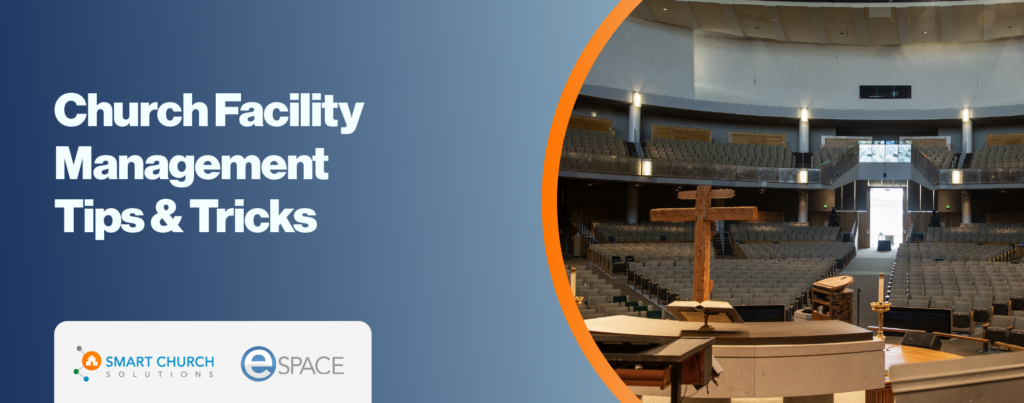Imagine a smart building where every system—from heating and cooling to lighting and security—works in perfect harmony. This seamless interaction is made possible by Building Automation and Control Network (BACnet), a powerful communication protocol that’s a cornerstone in the world of HVAC and building automation. By enabling different products from various manufacturers to ‘speak the same language,’ BACnet elevates the efficiency, functionality, and intelligence of building management systems, turning ordinary structures into well-oiled machines of comfort and security.
The Significance of BACnet in Modern Building Management
Enhancing Interoperability Across Systems
In the intricate world of modern building management, BACnet emerges as the universal translator, bridging the gap between diverse systems like HVAC, lighting, and security. This standard protocol is the backbone of interoperability, ensuring these complex systems work together as a seamless, cohesive network. The beauty of BACnet lies in its open-source design, which democratizes access for equipment manufacturers, fostering innovation, flexibility, and greater choice in the technologies that keep our buildings smart and efficient.
BACnet for eSPACE Users
Integrating BACnet with eSPACE
For eSPACE users, integrating BACnet unlocks powerful benefits by enabling seamless control of various building functions directly through the platform. Imagine having the ability to finely tune heating, cooling, and lighting to match occupancy patterns—keeping spaces comfortable when in use and scaling back energy consumption when they’re not.
With BACnet, HVAC systems can be switched to an unoccupied mode with predefined setbacks, ensuring they continue to operate efficiently without completely shutting down. Meanwhile, lighting can be automatically turned off, contributing to significant savings on utility costs and reducing wear and tear on the equipment. This intelligent approach not only enhances energy efficiency but also extends the life of your building’s critical systems.
For instance, eSPACE can leverage BACnet to automate and optimize HVAC operations, adjusting temperatures based on scheduled events or even controlling lighting. This level of automation ensures that energy is not wasted heating or cooling unoccupied spaces, which can lead to substantial savings in utility costs over time. Similarly, lighting can be programmed to adjust automatically based on the time of day or occupancy, ensuring lights are on only when needed and turned off when rooms are empty.
Still not using eSPACE to control your building systems?
Book a free call with a church stewardship expert and see how BACnet integration can streamline your HVAC, lighting, and more. Schedule your free demo.
How BACnet Works
Communication Protocols and Connectivity
BACnet facilitates communication through several methods, with the most widely used being BACnet over IP (Internet Protocol) and BACnet over MSTP (Master-Slave/Token-Passing). BACnet over IP is particularly popular in environments like churches, offering the advantage of easier, more flexible network setups. Unlike MSTP, which relies on a physical network connection and complex programming, BACnet over IP allows for streamlined integration and scalability, making it the go-to choice for modern, adaptable building management systems.”
Choosing BACnet for Your Facility
The Advantages of Open Source Protocols
Opting for BACnet in your facility’s control systems means choosing a non-proprietary, open communication protocol. This choice significantly enhances your facility’s adaptability to future changes in technology or vendor options. Unlike proprietary systems that lock you into specific technologies or vendors, BACnet ensures you can upgrade or modify components of your building management system without being constrained by compatibility issues.
Considerations When Implementing BACnet
Risks of Proprietary Systems
It’s important to be cautious of systems that use proprietary communication protocols. Such systems can tie you to a single vendor, making it difficult and expensive to switch providers or update systems. Furthermore, in the fast-evolving tech landscape, there is a risk that a vendor may discontinue support or even go out of business, leaving you with unsupported and obsolete technology.
Conclusion: The Future of Facility Management with BACnet
BACnet is set to play a pivotal role in the future of building management by facilitating more integrated, responsive, and efficient systems. For facilities like churches, adopting BACnet can significantly enhance operational control and cost efficiency. As technology progresses, the ability to communicate across various building management platforms seamlessly will become increasingly important, making BACnet a wise choice for forward-thinking facility managers.
Through BACnet, eSPACE users gain a holistic view and control over their facility’s systems from a single platform. This centralized control helps quickly identify and address maintenance issues before they escalate, further protecting the investment in the facility’s infrastructure and extending the lifespan of critical systems.
Bottom Line: This strategic integration not only streamlines operational tasks but also empowers facility managers to make data-driven decisions that enhance building efficiency and functionality.






